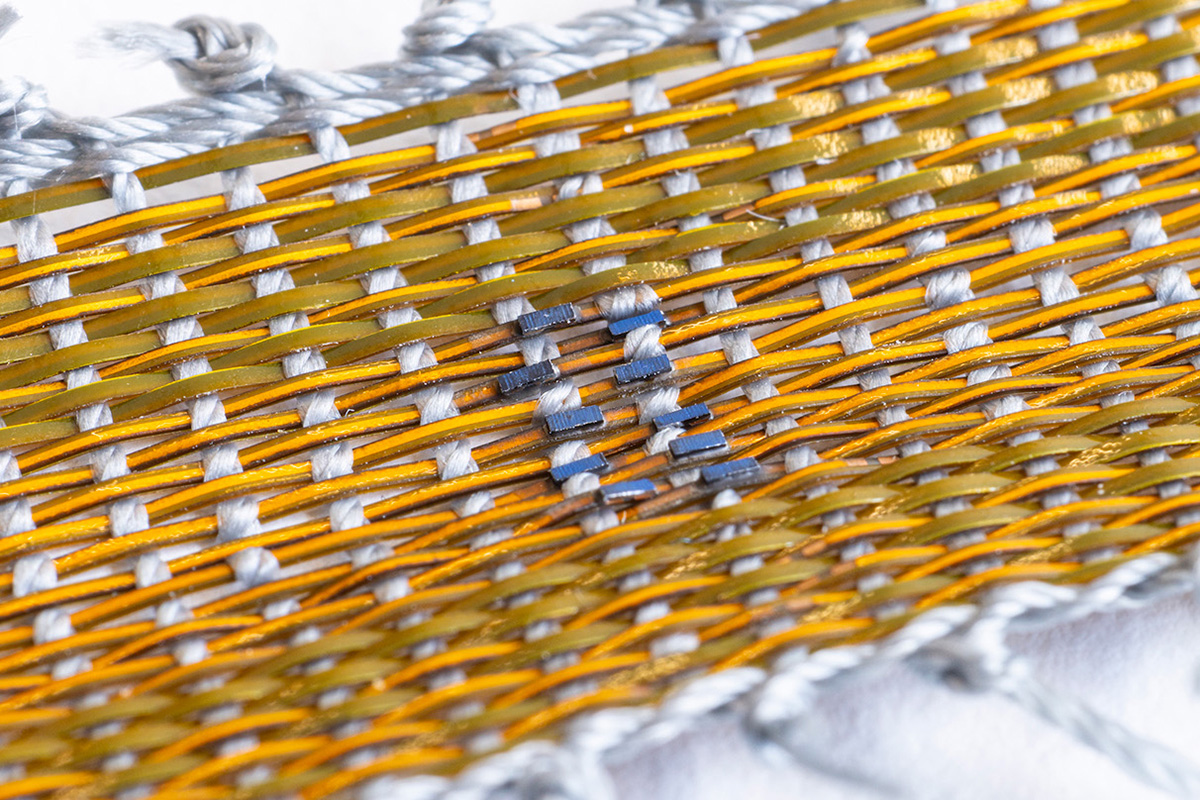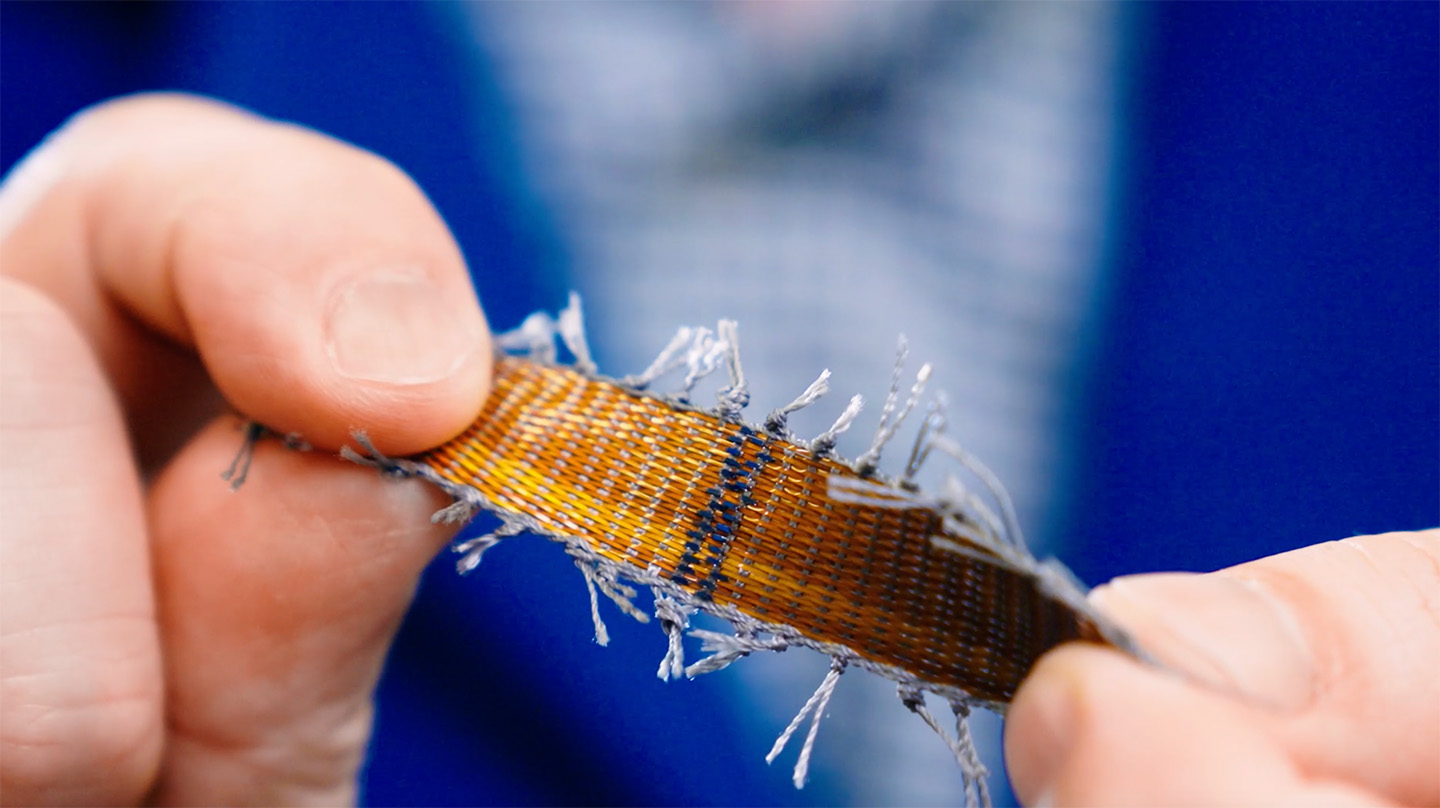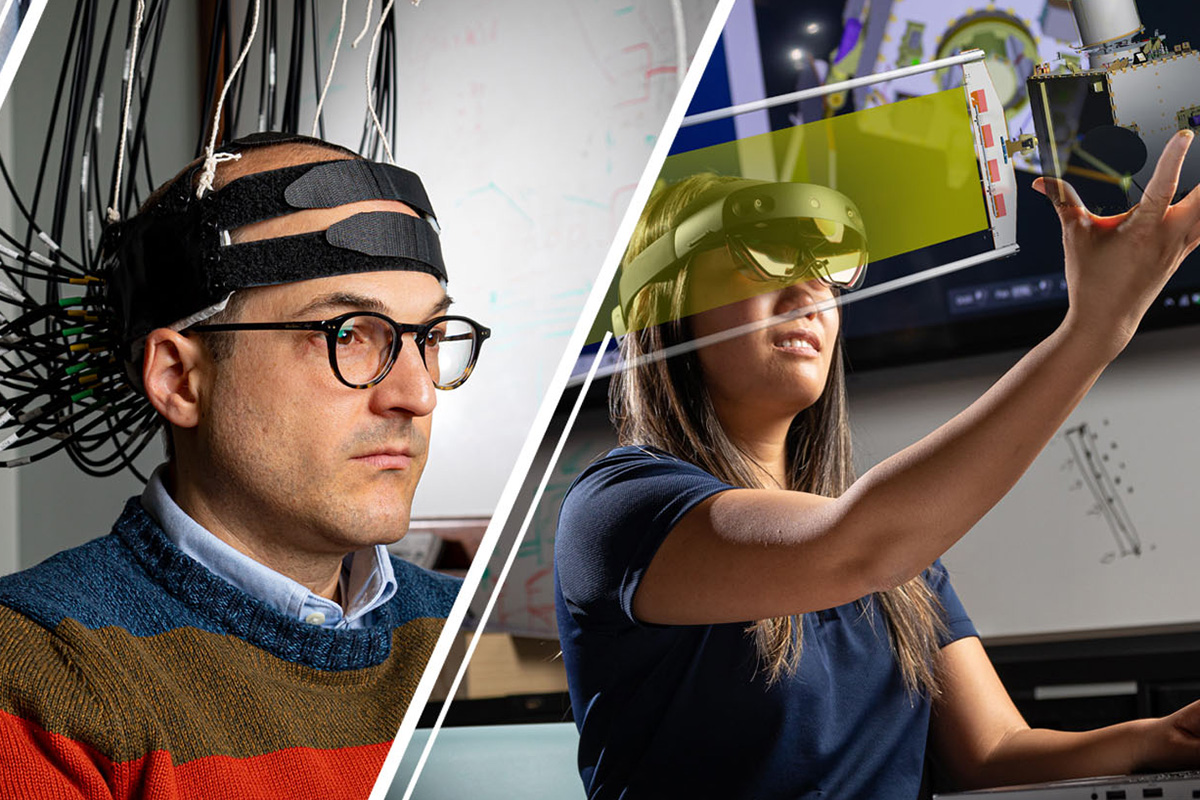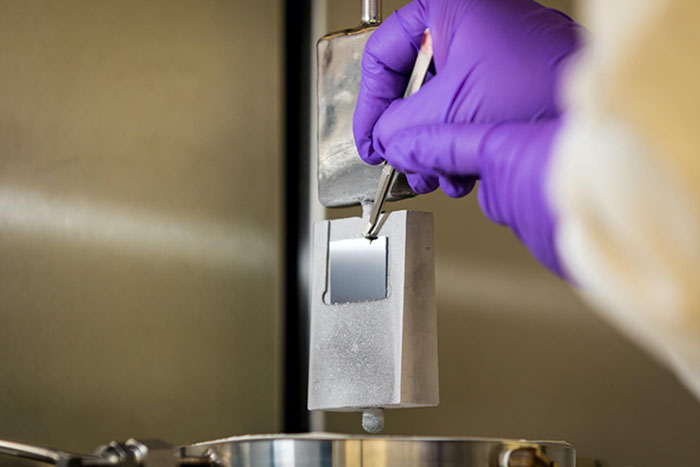Our Contribution
APL researchers have established new, scalable methods of developing battery- and solar-powered fibers, making it theoretically possible for electrical energy to be harvested from, and stored in, the clothing people wear. These fibers could power high-performance wearable electronics that breathe, stretch, and wash just like conventional textiles. This development in fiber power sources — submillimeter-thin battery and photovoltaic strands that could be woven directly into fabrics — opens up a new world of wearable electronics and smart textiles. Instead of carrying a heart monitor with bulky batteries, a patient could wear a shirt that has battery- and solar-powered fibers knit into it. Fiber-powered clothing could be heated to keep a person warm in cold environments, or laced with battery- and solar-powered fibers to provide soldiers with hands-free audio and video recording in the field.







